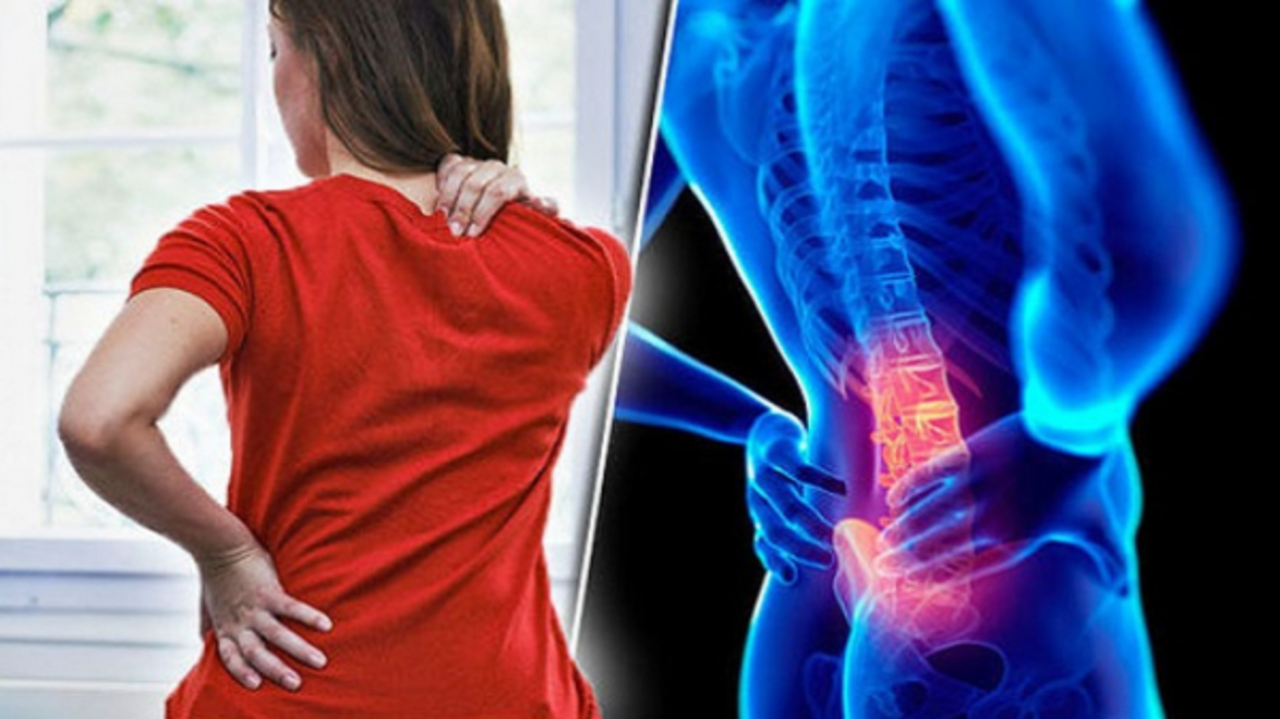Driving Posture: Simple Seat Fixes That Actually Work
Back or neck sore after driving? Your seat setup probably needs changes. Small adjustments to how you sit and where you place supports can cut pain fast and keep you alert. Below are clear, practical steps you can use right now—no special gear required.
Set your seat the right way
Move your seat so your hips sit as high as or slightly above your knees. Slide forward until you can fully press the brake without locking your knee—your knee should stay slightly bent. Adjust seatback between 100° and 110° so you're not fully upright or fully reclined; that angle reduces strain on your lower back.
Bring the steering wheel to a comfortable reach. Your elbows should be slightly bent (about 100°–120°) when hands rest on the wheel. If you need to lean forward to reach the wheel, slide the seat closer. If your knees hit the dash, move the seat back and raise it a bit if needed.
Set the headrest so the middle lines up with the back of your head, not the neck. Proper headrest height helps in sudden stops and reduces neck strain during long drives.
Small supports and posture habits that help
Use lumbar support—a small rolled towel or a lumbar pillow works well—to keep the natural curve in your lower back. Don’t shove a pillow high behind the ribs; place it at the small inward curve of your lower spine.
Avoid slouching or leaning to one side. Keep both hands on the wheel most of the time and keep your shoulders relaxed, not hunched. Remove big items from back pockets; sitting on a wallet tilts your hips and twists your spine.
Adjust mirrors so you can see around the car with minimal head movement. That reduces neck strain and keeps you safer.
For long drives: stop every 60–90 minutes. Stand, walk for a few minutes, and do quick stretches: roll your shoulders, tilt your neck gently side to side, do a hamstring stretch or a seated pelvic tilt. These reset tight muscles and improve circulation.
If you drive often for work, try a memory foam seat cushion or an ergonomic seat cover. Use cruise control where safe to vary leg and foot position now and then. If you feel numbness or persistent pain, see a clinician—this is about habits, not quick fixes.
Try these changes on your next drive. Small moves—seat height, lumbar support, steering reach, short breaks—add up fast and often stop pain before it starts. Notice how you feel after one week and tweak settings until it fits your body.

How to Prevent Backache During Long Drives
During my long drives, I've found that preventing backache is essential for a comfortable and enjoyable journey. One helpful tip is to maintain a proper posture while driving and adjusting the seat accordingly. Taking regular breaks to stretch and walk around also helps in reducing the strain on the back. Additionally, using lumbar support cushions and adjusting the steering wheel position can further alleviate back discomfort. Lastly, remember to stay hydrated and maintain a healthy lifestyle to keep your back muscles strong and flexible.
